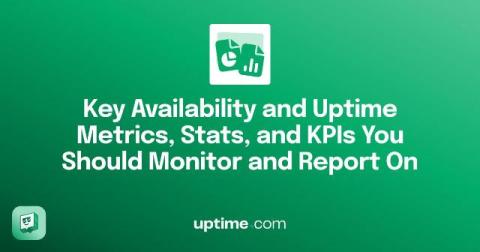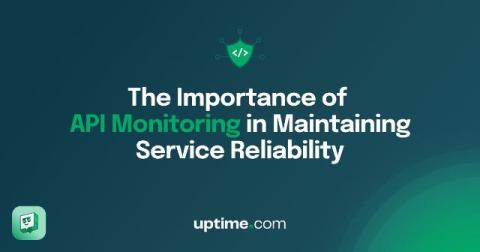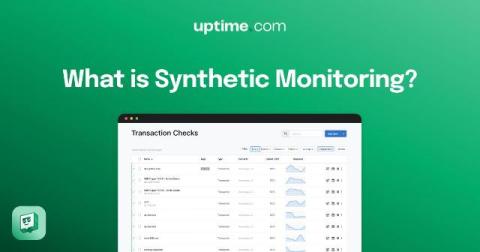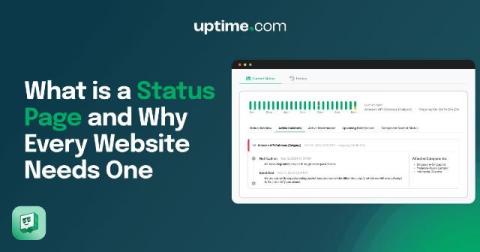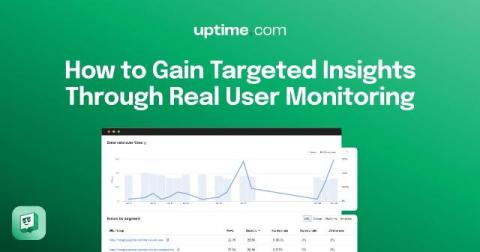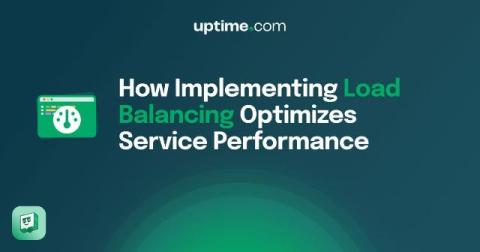Key Availability and Uptime Metrics, Stats, and KPIs You Should Monitor and Report On
What are availability and uptime metrics and why should you measure them? In the past, development teams pushed new features, and operations teams handled issues as they arose. However, as more businesses pivot to a DevOps infrastructure, all IT teams work side by side throughout an application’s lifecycle, from coding and testing to deployment and monitoring.


